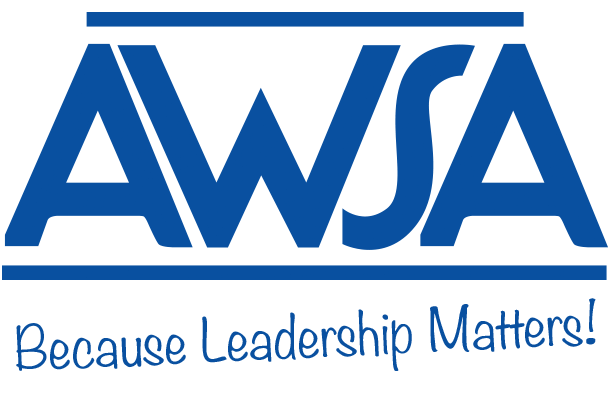Digital Portfolio Assessment: A Process, Not a Productby Matt Renwick, Elementary Principal, Mineral Point A disposition toward lifelong learning is something we all want for our students to develop during their PK-12 careers. Kids should have an increased desire to explore new ideas and skills after their school experience. Yet our current practices often don’t reflect these beliefs. We continue to drag students through mountains of curriculum to chase the ever-distant goal of meeting all of the standards. It’s an impossible task that leaves both students and teachers exhausted. Students should not be asking us, “Is school over yet?”, and teachers shouldn’t be wondering the same thing. Instead of a push toward completion, what if we slowed things down a bit and took a moment to appreciate this experience? How could we create the conditions in which learning is something to revel in, a process to reflect upon and enjoy instead of a product to evaluate? Digital portfolio assessment is one process teachers and schools are starting to use to address this need. They have realized that for students to develop a deep understanding of essential knowledge and skills, time and guidance has to be provided to reflect upon and self-assess their work. Technology can enhance this process. It gives students access to different ways of documenting their learning, such as through video, images, and audio. Technology also offers tools for students to develop original content not possible without it, thereby increasing the relevance and purpose for their work. In addition, technology provides an authentic audience when students post artifacts of their learning online, such as parents and the community. Next describes a basic process teachers can take to start capturing, curating, and celebrating student learning with digital portfolios
In my current school (Mineral Point Elementary), teachers are trying out these different applications for capturing student learning. In 1st grade classrooms, students use Seesaw to video record each other reading aloud a favorite picture book from the classroom library. Parents can affirm their efforts with positive comments on what was posted. Teacher can use this information to assess fluency and comprehension. Likewise, our intermediate students are writing stories and book reviews with Kidblog. Their posts are visible to other classrooms that also use this digital tool, which allows students in different parts of the country and even the world to connect around what they are learning.
English learner teachers in Missouri are starting to engage in this process. Their state department has developed policy that allows schools to utilize digital portfolio assessment in addition to the ACCESS test to reclassify students within the EL program. All states (ahem) can develop a process like this for English learners. Teachers in Missouri are utilizing Google Sites as a digital space for students to curate artifacts of their learning, such as podcasts and presentations. Process of learning artifacts, such as multiple drafts for a piece of writing, highlight students’ ideas and creative thinking.
At Cudahy High School in Cudahy, WI, the faculty has taken this step in the digital portfolio process to another level. At the end of each semester, sophomores and seniors are expected to present their body of work housed in their digital portfolios to a community-based panel. Business leaders, community leaders, and members of the faculty serve as an authentic audience for students as they share their various artifacts of learning. The panel can ask questions and offer feedback about their efforts. The point of this activity is to celebrate both the learner and the process of learning, not just a grade point average or scholarships won. Assessment is an event, in the best way. Repeated surveys conducted by Gallup show that as students move through their PK-12 career, their level of engagement decreases over time. They become less inclined to learn. I believe this is partly due to the overemphasis on grades and test scores. Digital portfolio assessment, when developed with the intention of focusing on the process of learning, can help to serve as an antidote to what ails education. When students are taught to capture, curate, and celebrate their learning with the help of technology, we give them the tools to learn for a lifetime.
|
